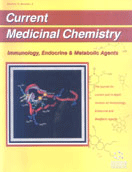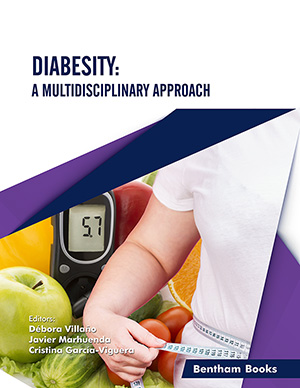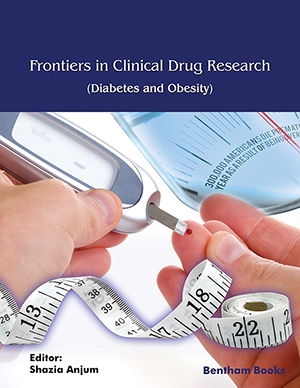Abstract
Elevated homocysteine is an independent risk factor for cardiovascular disease, with recent evidence supporting a causal relationship. The exact mechanism by which homocysteine causes vascular disease is unclear, but it may be both atherogenic and thrombogenic. Homocysteine concentration can be influenced by a variety of factors, including, age, sex, genetics, B-vitamin status, disease state and lifestyle. The B-vitamins, folate, vitamin B12 and vitamin B6, play important roles in homocysteine metabolism and of these, folate is recognized as the main nutritional determinant of homocysteine concentrations. The effectiveness of low dose folic acid supplementation in lowering homocysteine in the general population is well established. However, for certain population subgroups such as the elderly, those with cardiovascular disease and individuals with polymorphisms affecting key enzymes in homocysteine metabolism controversy still remains regarding the dose of folic acid required to produce optimal homocysteine lowering. The aim of this review was to assess the evidence for homocysteine as a risk factor for vascular disease and to provide an overview of the treatment of hyperhomocysteinemia with the relevant B-vitamins at both the pharmacological and physiological doses.
Keywords: homocysteine, folic acid, vitamin b12, vitamin b6, riboflavin, methylenetetrahydrofolate reductase, cardiovascular disease
 1
1








